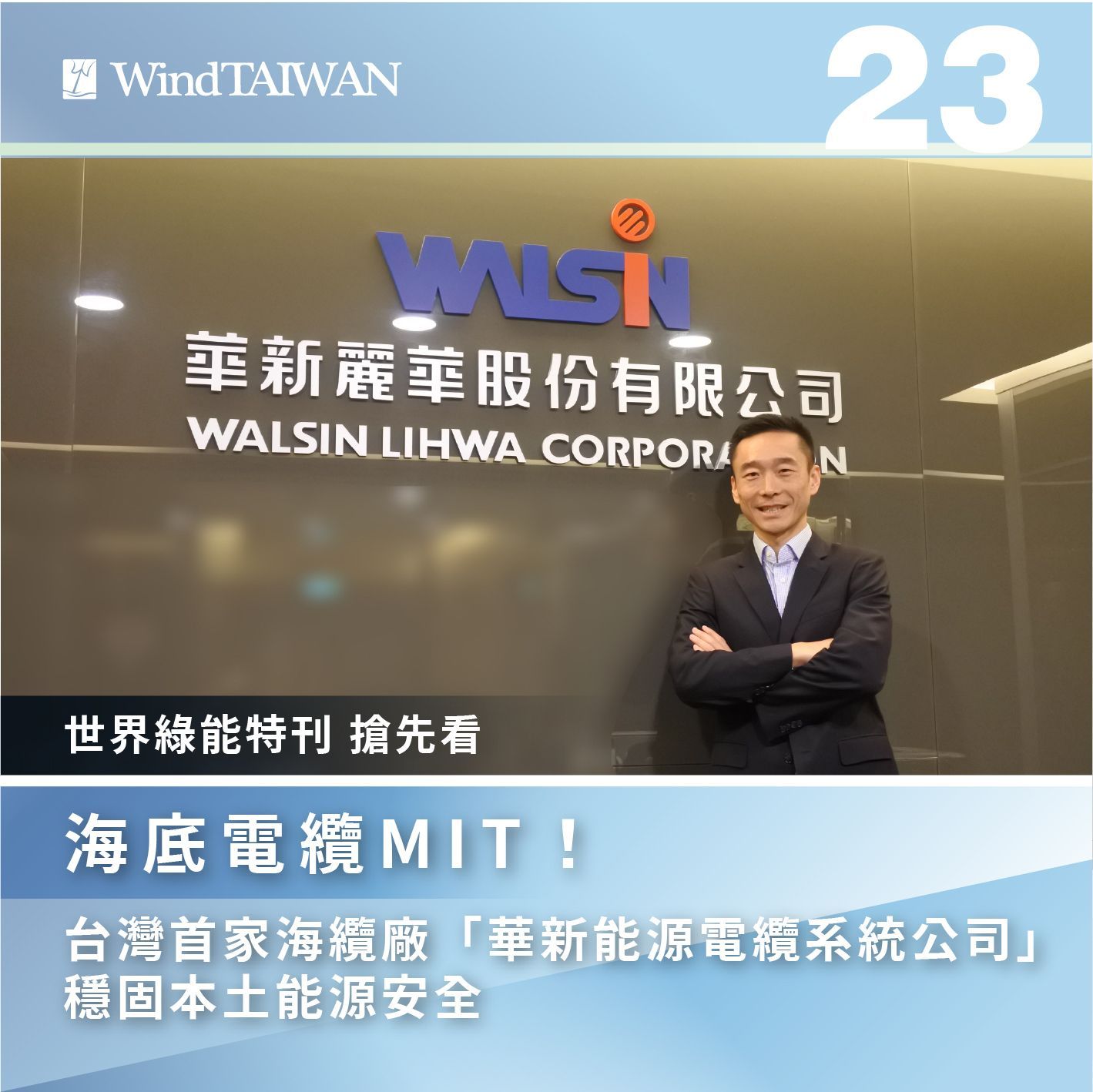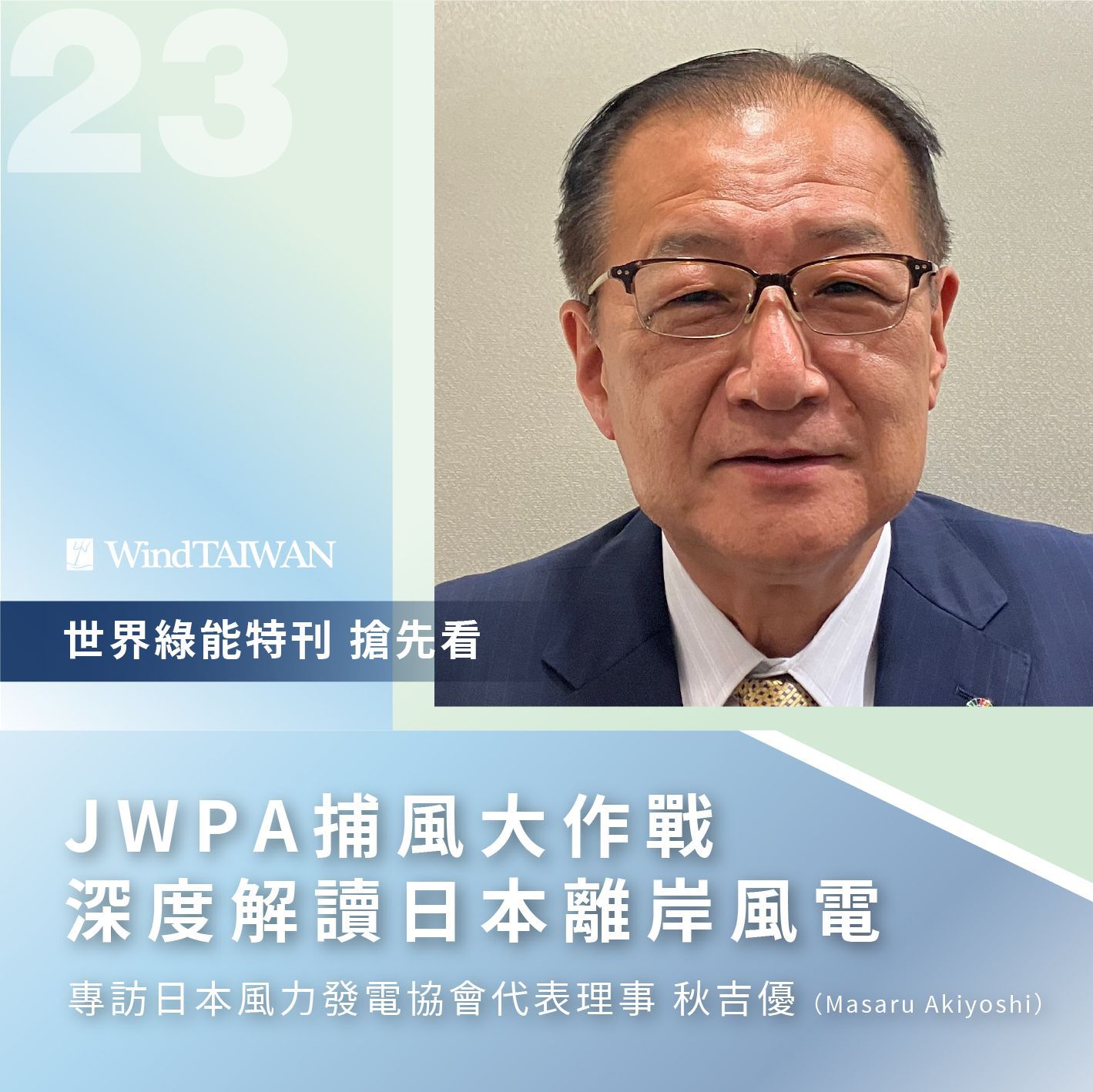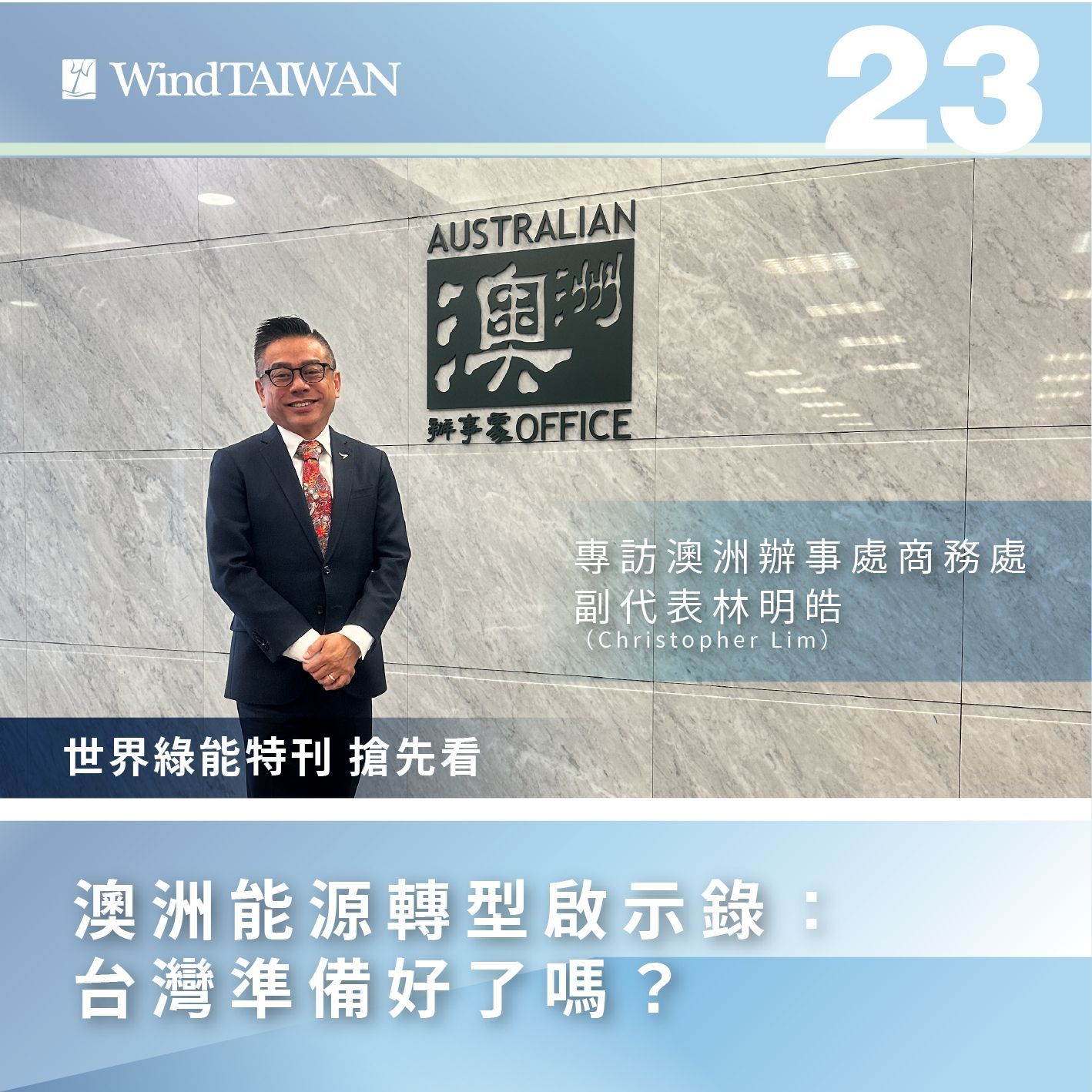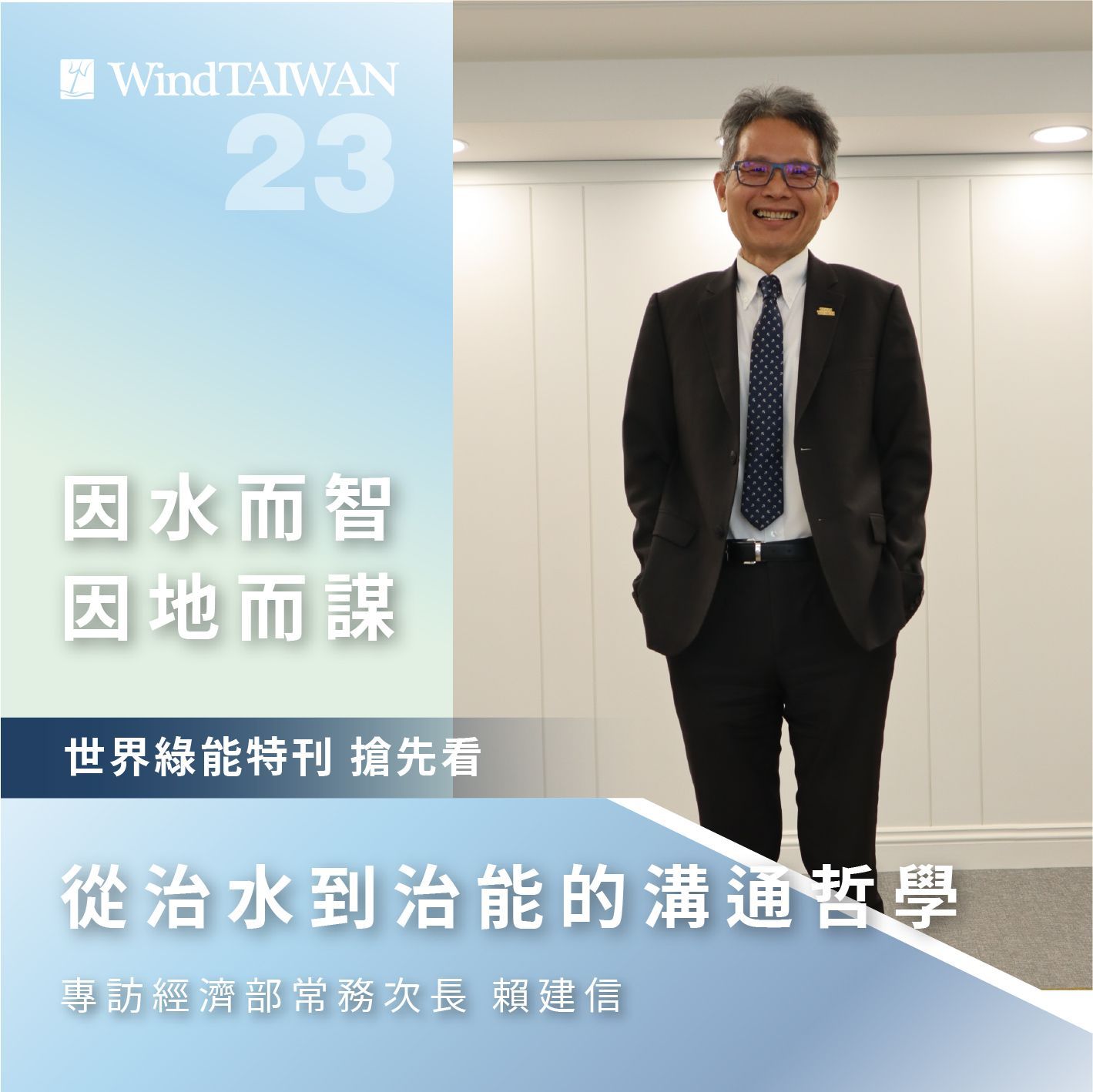Read more:
Taiwan’s Offshore Power Revolution Begins at Sea - Balancing Energy Security and Industrial Competitiveness with Locally-Made Submarine Cables: The Challenge Taken on by Walsin Energy Cable System (WECS)
2025/10/08
Amid rising geopolitical tensions and the global acceleration of renewable energy, the demand for submarine power cables is surging. Market research projects that the global submarine cable market will exceed USD 22 billion in 2025, and grow to nearly USD 55 billion by 2034. While 5G deployment and telecommunications infrastructure play a role, the main growth driver is the expanding demand for power transmission from offshore wind and other renewable energy projects.
In this context, Taiwan has launched its first domestically-produced submarine cable initiative. In 2023, Walsin Lihwa, a legacy Taiwanese cable manufacturer, established a joint venture with Denmark’s global power cable leader NKT. The new entity, Walsin Energy Cable System (WECS), is currently building Taiwan’s first large-scale submarine cable production facility—located in Kaohsiung, adjacent to a deep-water port.
According to Justin Wang, COO of WECS, the decision to enter the market was based on three key factors:
1. The maturity of the offshore wind market in Asia, particularly Taiwan’s leadership position.
2. Securing ample land next to a deep-water port, critical for transporting heavy submarine cables, which can weigh up to 10,000 metric tons.
3. The strategic partnership with NKT, which shares a long-term industrial vision and offers strong technical and reputational backing.
“You can’t approach this industry with short-term thinking. It’s about building a foundation that lasts decades,” says Wang.
“Government energy transition policies help—but the sustainability of the business model is what truly matters.”
Submarine cable production is among the most technically demanding segments of the cable industry, long dominated by a few major European firms. Taiwan had previously been unable to manufacture these cables domestically due to high technical barriers, capital requirements, and trust issues in the global supply chain.
Now, however, this local production capability is becoming a strategic asset in Taiwan’s energy security framework.
Kevin Liu, Deputy Chief Strategy Officer at WECS, stresses this point:
“This isn’t just about industrial competition. It’s about securing strategic technology for Taiwan in the face of geopolitical risk and potential disruptions in global supply chains. It’s a matter of national security.”
The collaboration with NKT goes far beyond simple technology transfer. From the outset, NKT has been deeply involved in the design and engineering of the Kaohsiung facility, aiming to build Asia’s most advanced submarine cable plant. Unlike NKT’s brownfield sites in Europe, the Taiwan factory is a greenfield development—giving the team the opportunity to implement optimized production layouts and logistics flows from the ground up.
As Taiwan’s offshore wind sector continues to expand, robust transmission infrastructure is emerging as the spinal cord of successful project delivery. Locally-produced, MIT-branded submarine cables—backed by international expertise and strategic foresight—may soon become a critical pillar of Asia’s renewable energy transformation.
This content was published on WindTAIWAN and is shared in collaboration with ENERGYNIPPON.







